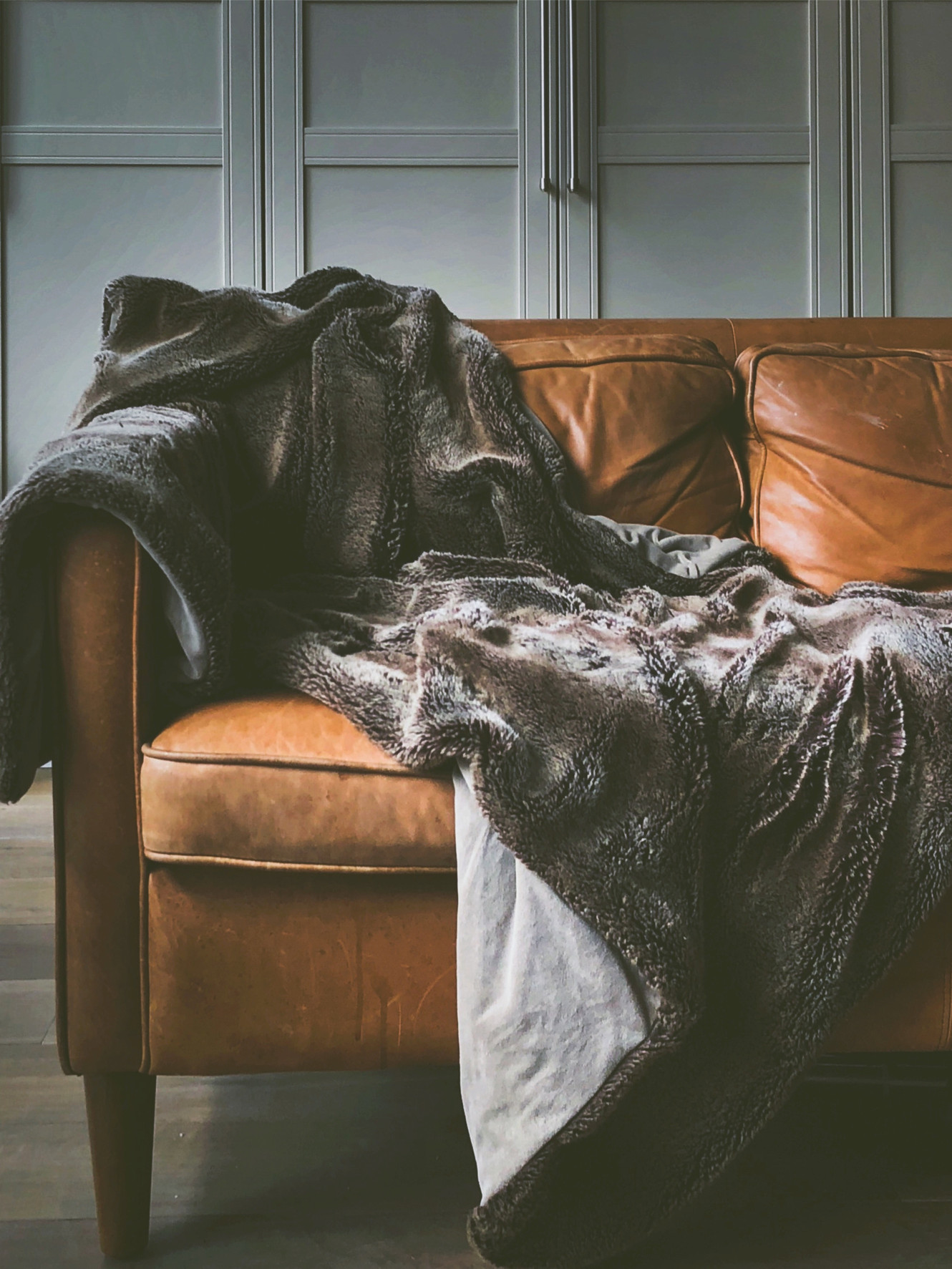
Natural leather or vegan leather: what is more sustainable?
As conscious consumers it can be hard to keep up to date with all the innovations taking place in the industry. It is also hard to consider all the variables that are at stake in this intersectional Fashion Revolution. Every material and process is under scrutiny, including leather and all its alternatives. This is why the debate regarding the sustainability of what was called Vegan leather never ends. What was very well received in a first moment as a solution to Natural leather is still under scrutiny.
Leather is a traditional material in history of clothing. The critiques regarding its source are not new, they were born with the movement for the defense of animals and their treatment. Bovine leather is the most common type. According to an article by Lucy Siegle, journalist and writer on environmental issues, “290 million cows are killed per year to cover our current necessities and this numbers could duplicate in the next decade”. Higher volume of production does not only mean more animals being killed, but also translates into crueler treatment for them during their lives. Therefore the obvious and first response by many ethical fashion brands was to produce items with Vegan Leather.
But as we said before, the changes taking place in the industry include all the possible impacts so that the re-evolution remains coherent. After a few years, more actors are involved in the Ethical Fashion industry and, as consumers, we have more information regarding what’s behind the clothes we wear, so we can go further. The problem of the leather industry does not limit to the raw materials used. The variety of chemicals involved to treat the skin of the animal are extremely polluting and the problem aggravates in the developing world where there is less regulation and control regarding the waste disposal.
“290 million cows are killed per year to cover our current necessities and this numbers could duplicate in the next decade” – says Lucy Siegle, journalist and writer on environmental issues.

Can Vegan Leather offer a sustainable solution?
Can Vegan Leather offer a sustainable solution to the problem of environmental impact? Vegan leather has this name because it contains no animal products. However, it is not a new product but the result of decades of evolution of the pleather (plasticized synthetic leather). Actually, a good ally to fast fashion created to respond to the growing leather demand at lower prices. Produced with polyvinyl chloride (PVC) or polyurethane (PU), all relatives of petroleum. In their treatment they also produce very toxic chemicals but most importantly they will take forever to biodegrade given their plastic component.
Happily, actors of the Fashion Revolution have already started using their creativity to give more sustainable solutions to both problems of the industry. New alternatives using biodegradable resources are being developed as what some call Vegetal Leather. Resources range from cork, wood, and mushrooms; to leaves and fruits of different plants like teak, pineapple or coconut for its water, including soy and kombucha tea…; incredible results are being achieved imitating leather! These materials do offer a solution regarding the origin and the environmental impact. In this same line, other promising alternatives are still under development such as ‘biofabrication’ of leather in a lab using cells and protein. We will have to wait to know more about this technology.
The obvious advantage of Vegan Leather is that it does not have an animal origin. However, its components make it an enemy on the war against plastic, for some worse than Natural leather.
So these are the facts and the consumption options we currently have. The truth is leather and its alternatives have a lot to give in fashion design. The obvious advantage of Vegan Leather is that it does not have an animal origin. However, its components make it an enemy on the war against plastic, for some worse than Natural leather. Knowing that, it is a personal decision which kind of leather we want to consume. We can choose the last Vegetal alternatives that give a solutions to both problems.
We can also make our decision regarding the urgency in our response to each problem: plastic vs. animal suffering. What is sure, if we want to be sustainable is that we can use what we have already before consuming any alternative keeping in mind that natural leather can last several lifetimes if properly treated. Rethinking our consumption patterns is as important as questioning the materials and the processes. We can create more and more sustainable alternatives to natural leather, but they will still require resources to be manufactured.
+ Words:
Suzanne Velazco Ruiz
+ Images:
Unsplash








